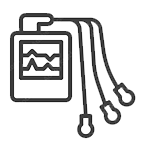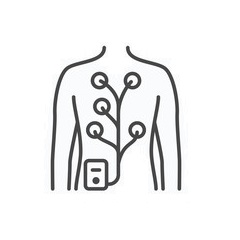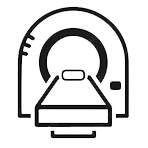Echo-cardiogram (TTE, Stress, TEE)
An echocardiogram is a specific kind of ultrasonography diagnostic test that is used to determine whether cardiac disease is present. In addition to quantifying dimensions and and components of the heart chambers, this method can assess blood flow in the heart’s chambers, valves, and blood arteries.
Q & A
An echocardiogram is a specific kind of ultrasonography diagnostic test that is used to determine whether cardiac disease is present. In addition to quantifying dimensions and and components of the heart chambers, this method can assess blood flow in the heart’s chambers, valves, and blood arteries. Changes in pitch (sometimes referred to as Doppler signals) can be used to calculate the pace and direction of blood flow It evaluates the overall performance of the heart, monitor progression of any heart valve condition, assess progress of medical or surgical therapy. An echocardiogram is far more comprehensive than a standard x-ray and does not entail any radiation exposure, making it significantly safer.
The doctor will analyze the patient’s condition to determine which type of echocardiography best meets the patient’s needs. The patient may undergo any or all of the following echocardiograms:
- Echocardiography of the chest (Transthorasic Echocardiogram)
- Echocardiogram of the heart under stress
- Echocardiogram performed through transesophageal echocardiography
Transthoracic echocardiography (TTE): The most common type of echocardiogram, TTE employs the same technique used to assess the health of a fetus before delivery. A portable instrument known as a transducer passes an ultrasonic beam (sound waves) through the patient’s body, and an image of the patient’s heart is created in real time with the heart in motion.
The purpose of a stress or dobutamine stress echocardiography is to examine the likelihood of reduced blood flow to the heart muscles. Before or soon after the patient performs a series of workouts, the heart will be imaged using ultrasound (either walking on a treadmill, or riding a stationary bicycle). If the patient is unable to engage in physical activity, the doctor may provide dobutamine, a medication that simulates stress on the heart.
Transesophageal echocardiography (TEE): A transducer is directed down the patient’s throat and into the esophagus, which connects the mouth and stomach. As the esophagus is closer to the heart, a TEE offers a considerably clearer and more detailed image of the heart structures. During the process, the patient’s throat will be anesthetized and medication will be administered to allow for optimum throat relaxation.










